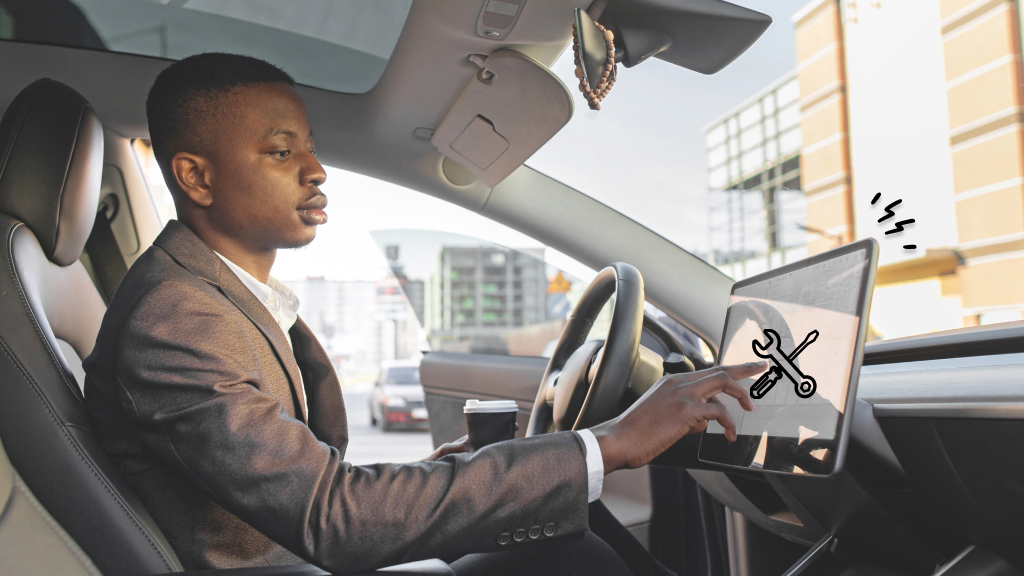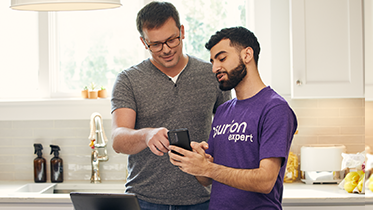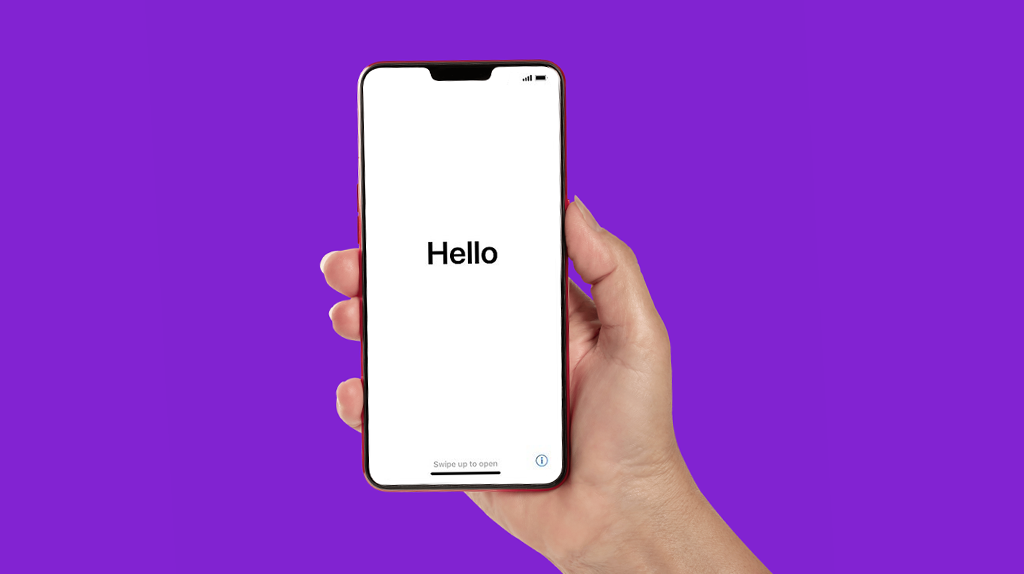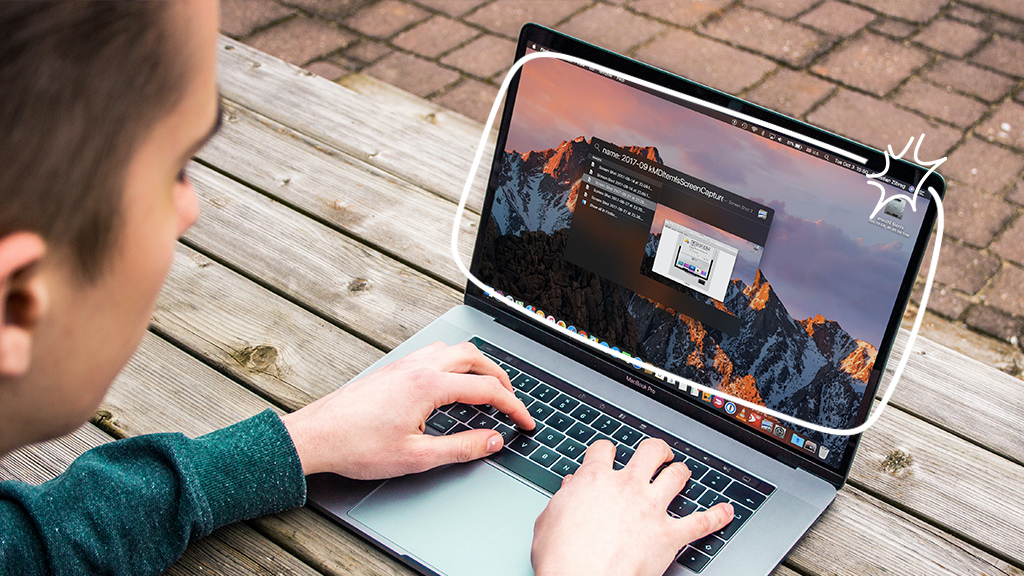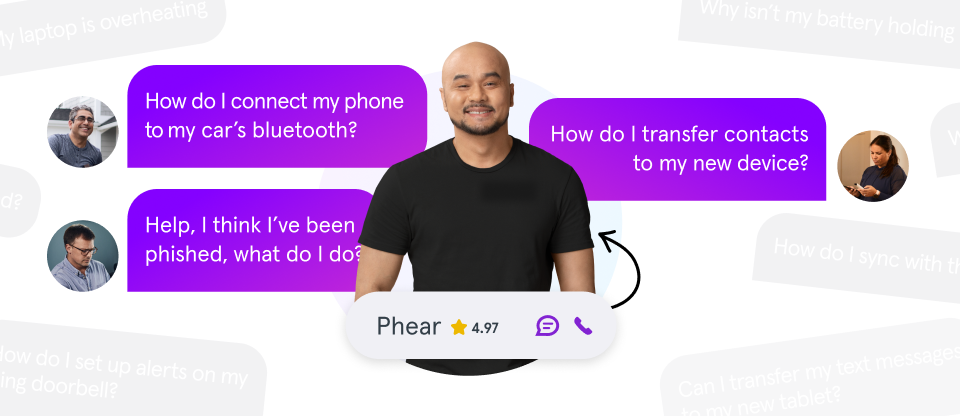Our cars are no longer just machines that get us where we need to go. They’re a lot like second homes. We stream music, listen to the news, and take work calls in them, and thanks to apps like Android™ Auto, we can do all that and more—safely.
But even the best tech can get glitchy. Whether your Android Auto is not connecting or you want to know how to turn off Android Auto, we can help.
At Asurion, we take care of you and your tech. Here’s our guide to what to do when Android Auto isn’t working.
Common reasons Android Auto isn’t working properly
If your Android Auto keeps disconnecting or isn’t working in the car, there are a number of possible explanations, including:
- You may be using a car or smartphone that’s not Android Auto compatible.
- You may have software issues, including an outdated Android operating system or Android Auto app.
- You may have a bad wired or wireless connection.
- You may be using a faulty app.
- You may be trying to connect Android Auto to the wrong vehicle.
- You may have changed some settings that affect your Android Auto connection.
How to fix common issues with Android Auto
Here are some troubleshooting steps that may resolve your Android Auto issues—from checking your wired and wireless connections to restarting your phone.
Make sure your phone, car, and apps are compatible
If Android Auto won’t connect properly, the first thing to do is make sure your phone and car are compatible with the app. Visit the official Android Auto website for a list of supported vehicles and devices. If your car or phone isn’t on the list, you won’t be able to use the app.
It’s also a good idea to look at the full list of Android Auto apps to check their compatibility. Google® Maps, Waze®, WhatsApp®, Spotify®, and Audible® all work with Android Auto, among many others. But not every app does.
Finally, if you’re wondering about the difference between Android Auto vs. Apple CarPlay®, well, the former only works with Android phones and the latter only works with iPhones®. So if you have an iPhone, check out our guide to everything you need to know about CarPlay.

Don’t waste time scrolling
Life is short. Ask our experts and get answers now.
Restart your Android phone
Sometimes, a simple restart is all you need to get Android Auto working properly. You can restart your phone in two different ways:
- Press and hold the power button (it’s usually located on the right of your device) and volume button for about 5 seconds. Use the volume up button for Google Pixel™ devices and the volume down button for Samsung® ones. The power menu will then appear. Tap Restart.
- Swipe down from the top of your device. This will show some quick settings and notifications. Swipe down one more time to get an extended menu. Look for the Power button and select Restart.
To avoid glitches in the future, periodically restart your phone to clear its cache and refresh its operating system.
Check your connections
Fixing a faulty connection starts with knowing how you connect Android Auto to your car.
If you’re using Android Auto with a wired connection, the problem could be a loose USB cable or a faulty USB port. Try a different cable or port to see if that resolves the issue, especially if you see damaged or frayed wires.
For wireless connections, make sure your phone’s Bluetooth® is on and paired with your car’s system. If it’s accidentally paired with another car, it won’t connect. To confirm Bluetooth is on, try the following steps on Google Pixel devices:
- Open the Settings app.
- Tap Connected devices.
- Select Connection preferences.
- Tap Bluetooth, and make sure Use Bluetooth is on.
If you have a Samsung device, try these steps instead:
- Open the Settings app.
- Tap Connected devices.
- Tap Bluetooth, and make sure Use Bluetooth is on.
Update your software and apps
Keeping your phone and apps up to date is key, especially if you want Android Auto to work the way it’s supposed to. Updates often fix glitches and security issues, so it’s important to install an Android Auto update as soon as you see it on your phone.
To update your Android phone, follow our step-by-step instructions.
How to update apps on Android Auto
- Open the Google Play™ Store, then at the top right, tap your profile image.
- Select Manage apps & devices.
- Tap See details to view pending downloads. If you see a link that says See recent updates, the Google Play Store thinks everything is up to date. You can start a manual check by selecting All apps up to date and then Check for updates.
- Tap Update all to update all of the apps on your Android phone at once, or select Update next to any app to update just that one.
How to manually update the Android Auto app
- Go to the Google Play Store, and search for Android Auto.
- Select the Android Auto app.
- If an update is available, you’ll see an Update button. Tap it.
Check your Android Auto app settings
Sometimes, your Android Auto issue has to do with your app settings. Follow these steps to make sure your app settings are set up properly:
- Open the Settings app on your phone.
- Go to Connected devices, then tap Connection preferences.
- Select Android Auto. Make sure Start Android automatically is set to Always and Start Android Auto while locked is turned on.
- If your car and phone support Wireless Android Auto, turn this feature on. If not, or if you prefer a wired connection, leave it turned off.
- Tap Previously connected cars at the top of the settings, and make sure your vehicle isn’t accidentally on the Rejected cars list. You can also turn on Add new cars, but if you plan to use the same car every time, turning this setting off helps fix connection problems.
Check your paired car settings
Each car has its own settings for Android Auto. Consult your vehicle’s manual for specific instructions to make sure your car’s screen is set up to work with Android Auto.
Clear your phone’s cache
Clearing the cache on your phone can resolve many glitches. If you don’t, temporary files accumulate over time and disrupt the way the app works. To clear your Android phone��’s cache, you can turn your device off and back on or follow these steps:
- Go to Settings > Apps > Android Auto.
- Choose Storage, then Clear Cache.
Uninstall and reinstall the Android Auto app
At this point, if you open Android Auto and it’s still not working or you’re stuck wondering, “why won’t my phone connect to my car?” try uninstalling and reinstalling the app. Doing so can sometimes resolve any remaining glitches.
After you uninstall the app, make sure you restart your device before you redownload Android Auto from the Google Play Store again.
Still have questions? Check out our guides to everything you need to know about Android Auto and how to get Wi-Fi in your car.
Tried these steps and still need help? We got you. Get your tech problem solved when you call or chat with an expert now.
